Technologies
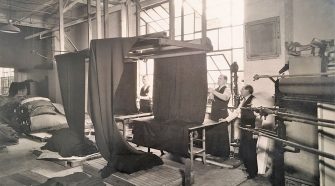
TSG Finishing leverages its legacy
Founded in 1901 in Baltimore as Levy’s Water Shrinking and Drying, TSG Finishing is now in its fifth generation of family leadership. With more than a century of experience in …
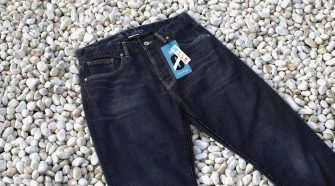
New water-saving dyeing process for denim and casual wear
Archroma, a Swiss-based provider of specialty chemicals, and Jeanologia of Spain, announced the launch of Pad-Ox G2 Cold, a water-saving dyeing process. Archroma initially introduced its eco-advanced Pad-Ox dyeing process …
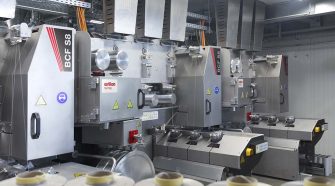
Oerlikon to showcase BCF S8 Tricolor at DOMOTEX Asia
Oerlikon Neumag showcased its BCF S8 carpet yarn system in Monocolor and Tricolor versions at this year’s DOMOTEX asia / CHINAFLOOR from March 24 – 26, 2021 in Shanghai. Whether …
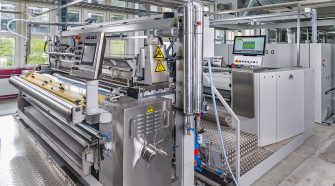
MontexCoat magnetic roller coating & finishing system offers features for flexibility and enhanced accuracy
Monforts introduced the latest MontexCoat magnetic roller coating option to virtual delegates from around the world at the World Congress for Textile Coating, organized by International Newsletters. “The magnetic roller …
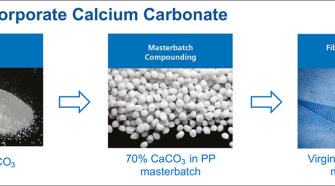
Calcium carbonate enables sustainability in polymer fiber applications
Calcium carbonate, which is ubiquitous in nature, can be found everywhere in daily life. It is used widely as a coating agent for paper or cardboards and for paints; as …

